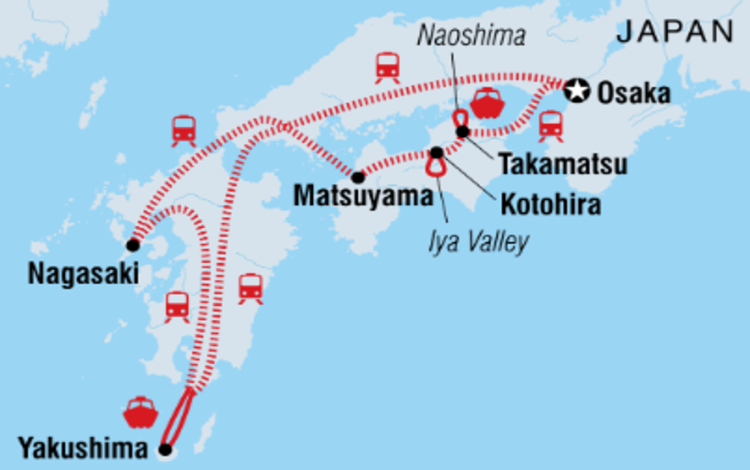On Thursday, southern Japan was rocked by two powerful earthquakes, with magnitudes of 6.9 and 7.1, according to the United States Geological Survey (USGS). The first quake struck at a depth of 33 kilometers, followed by a second tremor nearby at a depth of 25 kilometers. Both quakes occurred off the coasts of Kyushu and Shikoku islands, prompting tsunami warnings.

Tsunamis of up to one meter were expected to impact some coastal areas of Kyushu and Shikoku islands, with authorities urging residents to seek higher ground immediately. Japan’s Meteorological Agency was closely monitoring the situation as reports of initial waves began to come in.
In response to the twin quakes, the Japanese government quickly established a special task force to manage the crisis. This task force will coordinate rescue efforts, assess damage, and ensure that those affected by the disaster receive the necessary assistance. Prime Minister Fumio Kishida assured the public that every possible measure was being taken to ensure their safety.
Japan’s location on the Pacific “Ring of Fire” makes it one of the most seismically active regions in the world. The country sits atop four major tectonic plates, leading to frequent earthquakes. The archipelago, home to around 125 million people, experiences approximately 1,500 tremors each year, accounting for roughly 18 percent of the world’s earthquakes.
Despite the frequent seismic activity, Japan has implemented some of the world’s most stringent building codes and construction techniques, significantly reducing the potential damage from even large earthquakes. These regulations are designed to withstand powerful quakes, thereby protecting lives and infrastructure.
However, the memory of past disasters remains fresh. On New Year’s Day, at least 260 people lost their lives following a massive earthquake that struck the Japanese peninsula. Among the dead were 30 “quake-linked” fatalities, in addition to those killed directly by the disaster. The January 1 quake caused widespread destruction, including collapsed buildings, fires, and the loss of critical infrastructure at a time when families were celebrating the new year.
As Japan braces for the potential aftermath of the latest quakes, authorities continue to stress the importance of preparedness and vigilance, particularly in coastal regions at risk of tsunamis. The coming hours will be crucial in determining the full extent of the impact of these powerful seismic events.
